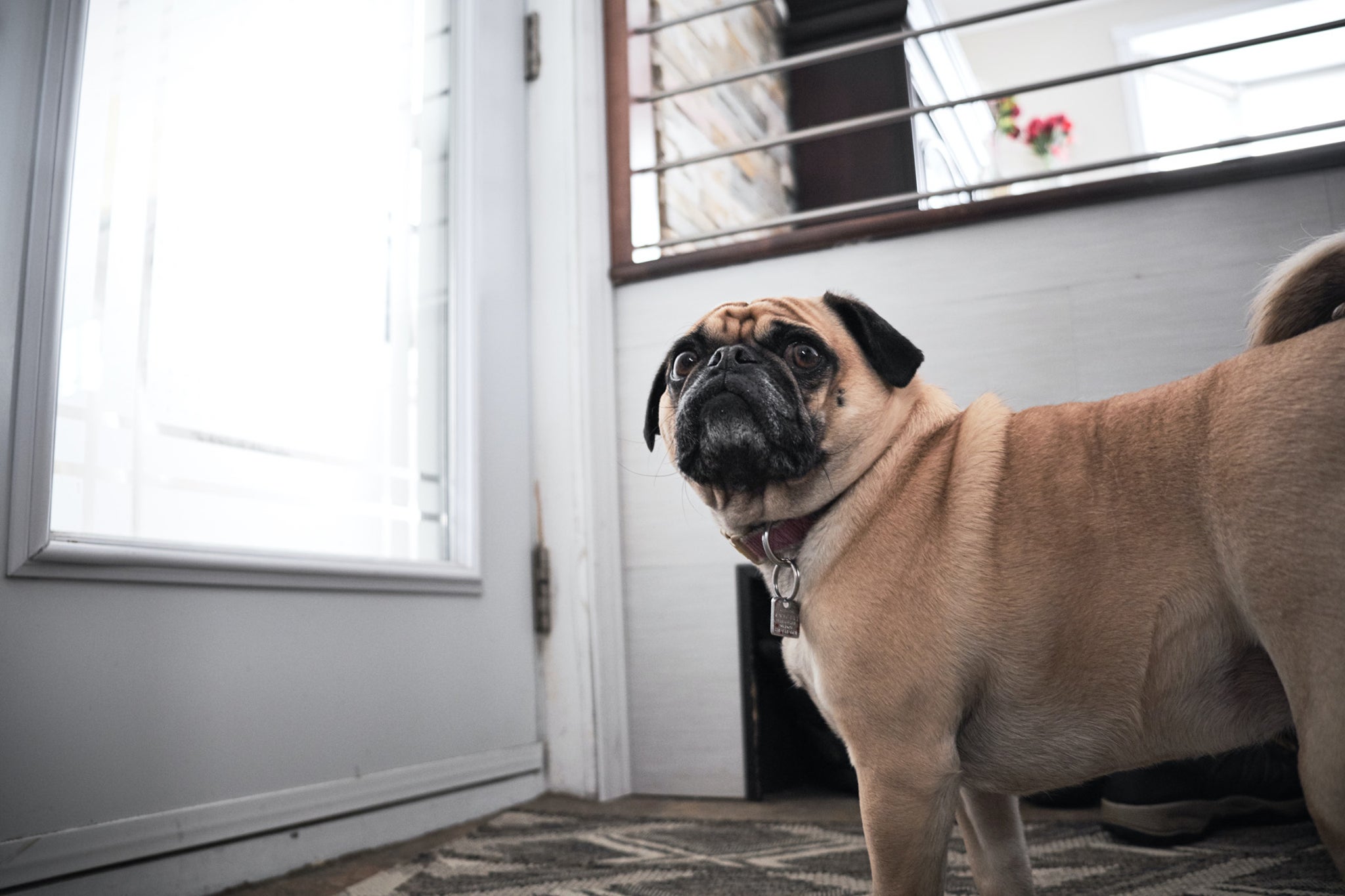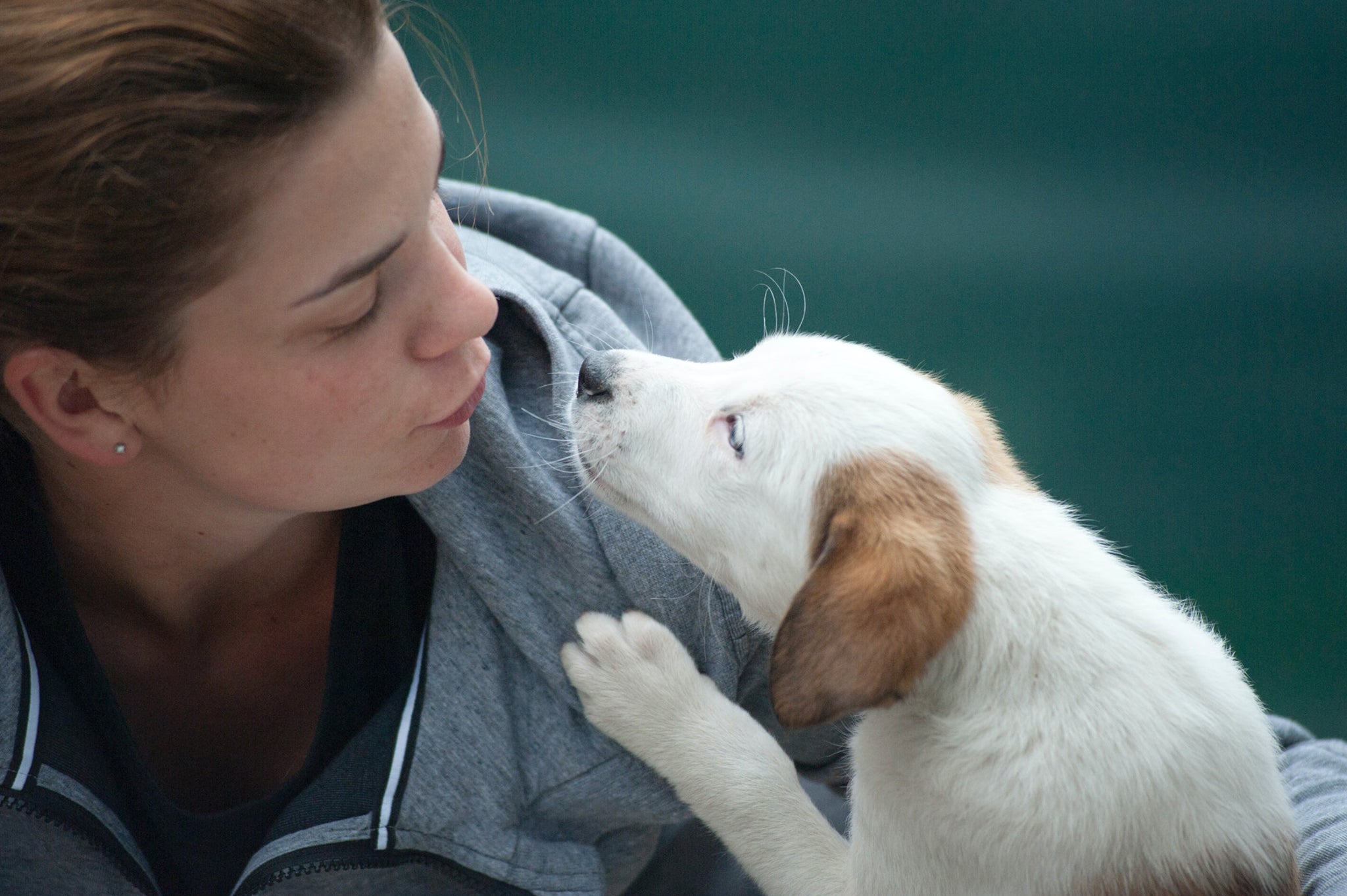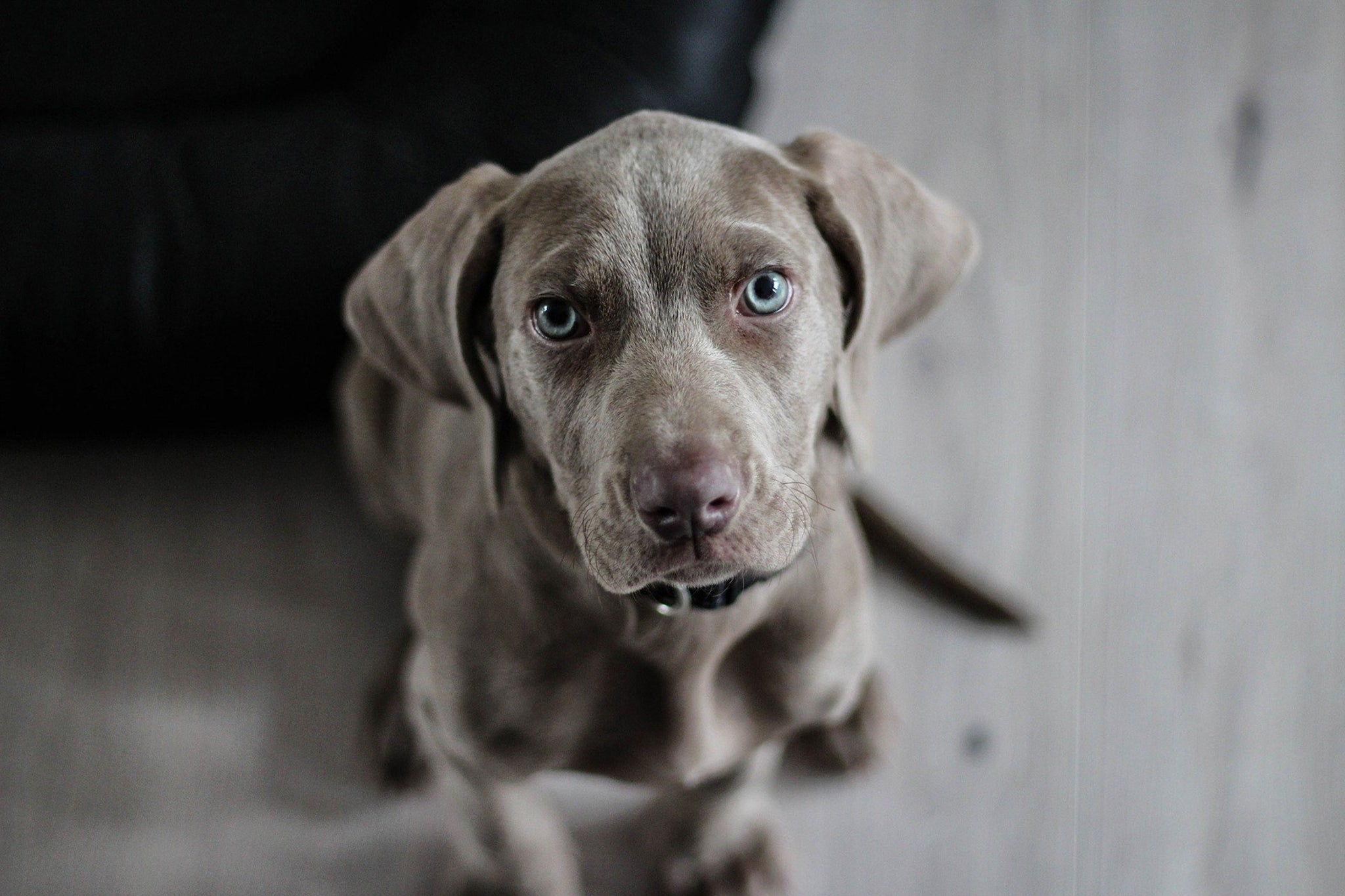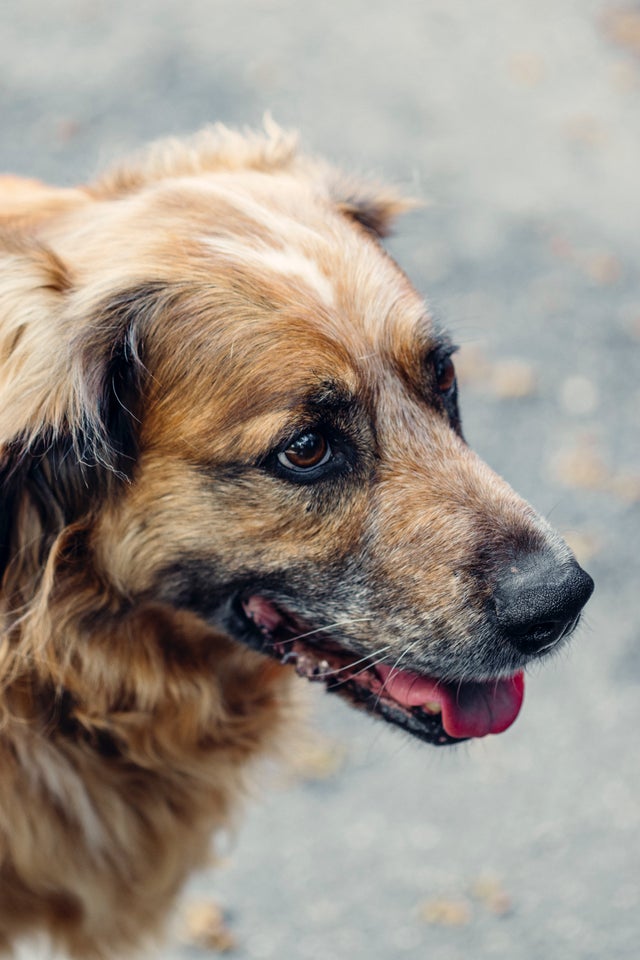Getting a puppy used to your life and your house rules will take time and require a lot of patience. The best time to begin house training your puppy is when they are 12-16 weeks old. Fully house training a dog usually takes 4-6 months, depending on the size of the dog. Remember that your goal is to make them feel comfortable and loved in their new space, and their goal is to please you, so your praise means a lot to them while they are learning.
Set a Schedule
Establishing a schedule from the beginning will help your dog learn good habits right away. Create a schedule for eating, sleeping, playing, and going to the bathroom. Take them outside immediately when they wake up and pick up their water bowl two hours before bedtime to prevent the need to go in the middle of the night. Keeping them on a feeding schedule will teach them good habits early and will allow you to predict when they need to go to the bathroom.
Know What to Expect
In most cases dogs can hold their bladder for an average of an hour for every month of age. When sleeping, they can probably hold their bladder for seven hours.
Dogs naturally don’t like to go to the bathroom in their sleeping quarters, so they will probably wake you up by whining or crying. If they do wake up in the middle of the night, try not to engage or talk. Instead, take them right outside to where you want them to go, and then when they’re done take them right back to where they sleep. If you talk or show them any attention, they may get excited and think it’s playtime, and then they’ll want to get up every night to play with you.
Keep Your Eye on Them
Puppies should be supervised. Some recommend keeping your puppy on a retractable leash while in the house so you can easily tug them back if they get into something they shouldn’t. You could also set up an enclosed area with baby gates or other barriers and include toys, a water bowl, and a bed. Make sure the enclosed area is in your sight at all times. Remember the golden rule of toys and treats—nothing is 100% protected against choking. If they are outside playing, keep them on a leash so you can control the radius of their movement. You can increase their range of exploration inside and outside later when they are better trained.
Teach Them Where to Go
When training your puppy to go outside, pick a consistent spot and bring treats with you outside. It is crucial to reward them right away while they are outside, instead of bringing them inside for the treat. They need to associate the reward with the good behavior. It’s also recommended that you stay outside with them while they are learning where to go.
If you are training your puppy to go to the bathroom inside, you will need a litter box or training pads. You can use the same approach and if you see them going somewhere else, gently pick them up and move them to where you want them to go.
Eventually, your dog will tell you when they need to go. You can install a bell near the door to the outside, or they may whine by the door, scratch, or bark. Pretty amazing, right? They know how to tell you when they need to go. And you should reward them for that.

Use a Keyword
Some recommend using a keyword or short phrase when training your puppy. Set a phrase like “go potty,” “time to go,” or something else you and everyone in your household can agree on. Consistency is important, and you will want to pick something you’re comfortable using in public.
Oops! They Did it Again
Your dog may be making great progress for a week and then have an accident indoors. That’s normal and anticipated. If you see them in time, try to interrupt them, take them outside, and reward them if they finish outside. Use the same treat system you used initially when they went outside. Avoid yelling at them or punishing them for going inside, as this could associate negative feelings with you or indoors. Keep an eye out for sniffing, circling, scratching at the door, and restlessness—any of these behaviors might indicate your dog needs to go.
Be thorough in cleaning the area where the accident happened. Use an odor-neutralizing spray so your dog is not attracted to the same spot. You may also want to try a wet vacuum if your house has a lot of carpets. They provide a deeper clean for wet stains than a cloth or a regular vacuum.
Be Patient as they Learn
This process takes time. The #1 reason puppies get returned to shelters is because they soil the home or ruin carpets and people are not prepared for that. It can take 4-6 months to fully house train a puppy, and there will be lots of trial and error. With the right encouragement and praise, they will learn quickly and the bond between you will become stronger.





